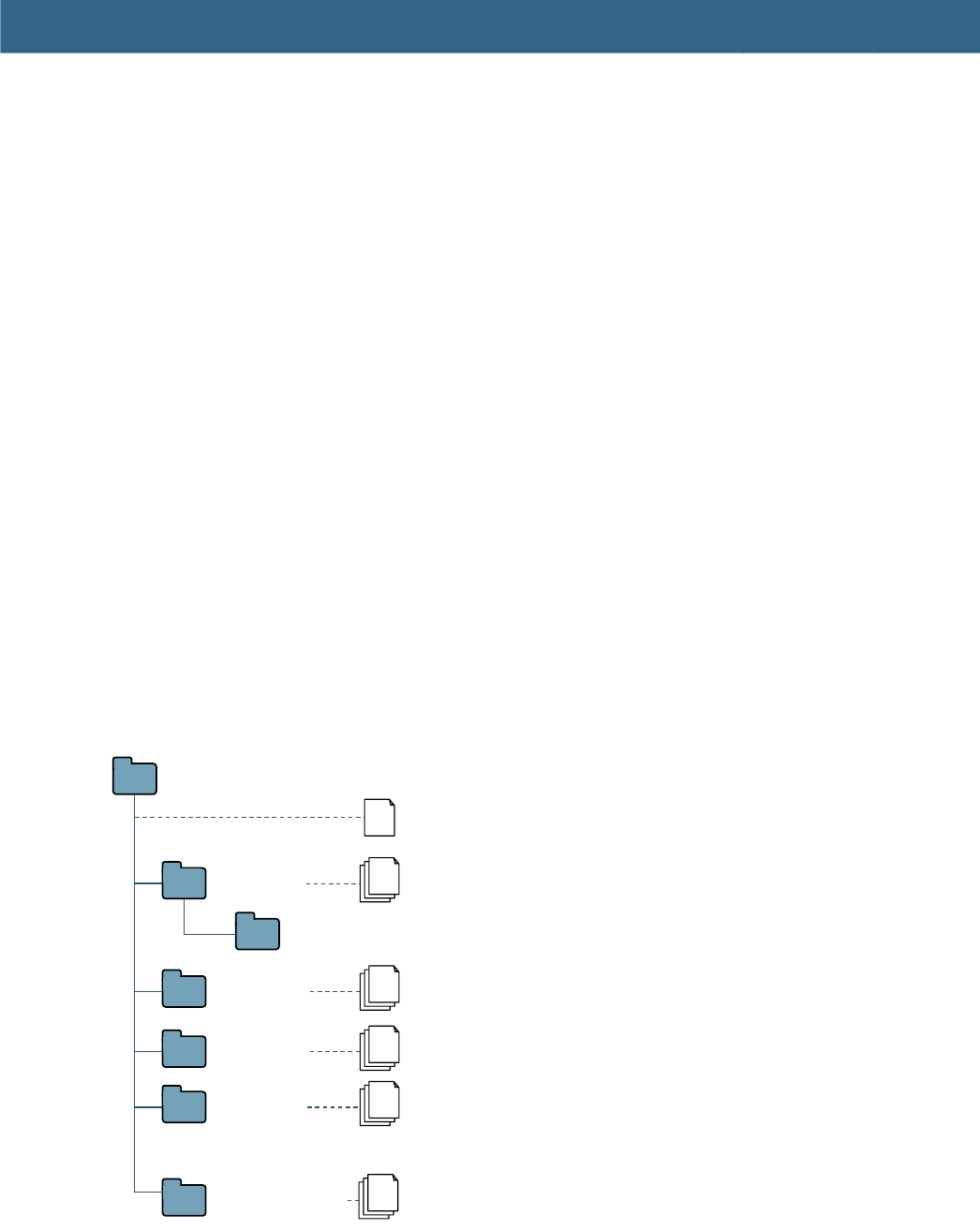
Bluetooth QuickStart Kit Version 1.0 - User’s Guide Page 15
Copyright 2004-2005 © Embedded Artists AB
4 Compiling and Running Application
Programs
This chapter provides a description of how to develop, compile, and download applications
into the Bluetooth QuickStart Board.
4.1 File Structure
The pre-designed software platform is delivered as a library along with a number of header
files that declare the different API:s. See BApplication Program Interface (API) for a
detailed API description. The platform contains the following main infrastructure functions:
• Pre-emptive Real-Time Operating System (RTOS)
• TCP/IP protocol stack
• PPP protocol stack
• Web server
• File system, supporting MMC/SD memory cards. Supports FAT16.
• Registry, for non-volatile storage of parameters
The platform is place in a directory called QSPlatform. This directory contains two
important files; quickstart_vXYZ.a (which is the library of the platform) and
quickstart_vXYZ.h (which is the API definition). _vXYZ indicate the version of the
platform, and can for example be _v102 (meaning version 1.0.2). See Figure 10 below for
an illustration of the file structure.
Sample_xxx
Your_application
*.c
Glue between platform and application
glue.c
*.h
Application Programmers Interface
API Definitions
quickstart_vXYZ.h
quickstart_vXYZ.a
*.c
*.h
Sample Applications
Source code that demonstrates different
functionality within the platform
Your Sample Application
Source code that implement your application
QuickStartKit
QSPlatform
Inner Subdirectories
Sample_yyy
*.c
*.h
Sample Applications
Source code that demonstrates different
functionality within the platform
Sample_zzz
*.c
*.h
Sample Applications
Source code that demonstrates different
functionality within the platform
*.c
*.h
Figure 10 – Bluetooth QuickStart Kit File Structure
A number of sample applications are included in the Bluetooth QuickStart Kit. These are
placed in the different sample_xxx subdirectories. It is recommended to study these
examples for a better understanding of the platform and how to create custom applications.
Each sample application typically contains one, or more, C-files implementing the


















